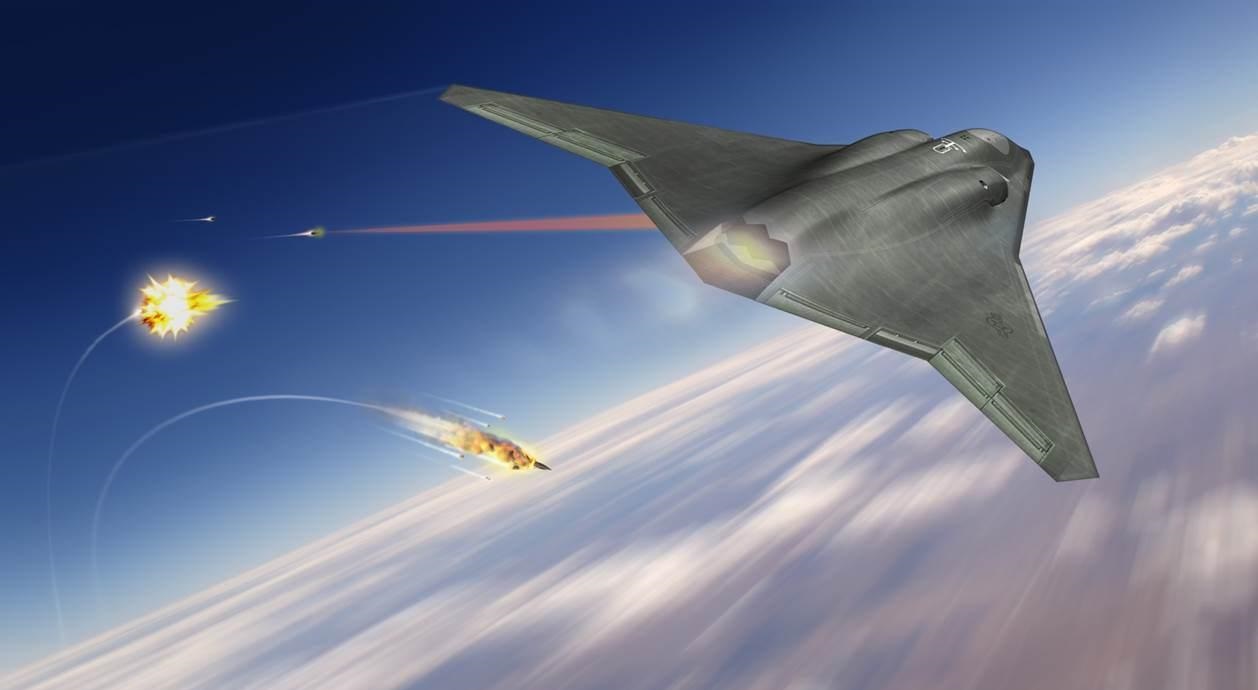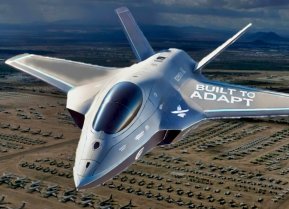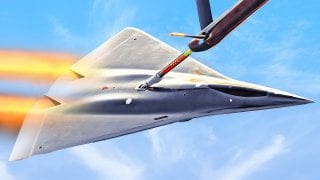The U.S. Air Force Wants New NGAD Fighter to Cost the Same as F-35
Can the sixth-generation Next Generation Air Dominance (NGAD) fighter be offered at the same price as the fifth-generation F-35 Lightning II? The Air Force insists that the F-35 represents the cost ceiling for an individual aircraft.
Summary and 5 Key Points You Need to Know: The U.S. Air Force aims to keep the cost of its sixth-generation Next Generation Air Dominance (NGAD) fighter on par with the fifth-generation F-35 Lightning II, which costs around $80 million per unit.
-Initial projections had the NGAD costing about 300% more than the F-35, but the Air Force is exploring ways to reduce costs, including re-evaluating size, mission systems, and propulsion.
-However, these cost-saving measures might delay the program.
-Additionally, the Air Force is rethinking the role of Collaborative Combat Aircraft (CCA) drones, which were intended to accompany the NGAD, possibly leading to increased costs for the entire program.
-The NGAD could be the last manned fighter aircraft developed by the U.S.
Can the Sixth-Gen NGAD Fighter Match the F-35's Cost?
Can the sixth-generation Next Generation Air Dominance (NGAD) fighter be offered at the same price as the fifth-generation F-35 Lightning II? The Air Force insists that the F-35 represents the cost ceiling for an individual aircraft. The service expresses optimism that the NGAD can settle beneath that cost ceiling.
“The F-35 kind of represents the upper bounds of what we’d like to pay for an individual [NGAD] aircraft for that mission,” Air Force Secretary Frank Kendall said Monday, The Aviationist reported. “The F-15EX and F-35 are roughly in the same cost category. I’d like to go lower, though.”
For reference, the F-35 costs $80 million per aircraft – years of production have steadily lowered the price. The fresh-off-the-assembly-line, fourth-generation-plus F-15EX costs $90 million per aircraft. As a sixth-generation fighter, the NGAD in principle will be more advanced than either the F-35 or the F-15EX. Typically, developing and producing more advanced technologies requires a degree of research and of trial and error that drives up costs.
For what it's worth, initial projections had the NGAD costing around 300% as much as the F-35. Getting the NGAD to one-third of that projection while also incorporating new technologies will require some creativity, some industrial streamlining, and maybe some wage suppression. (My tone is sarcastic here, because I don’t support wage suppression, but the sentiment is real from an industrial perspective.) Maybe the NGAD can be exported enough to get the cost down. But exporting one’s latest technology carries a risk for industrial espionage.
The Air Force is looking closely at ways to reduce the NGAD’s costs.

“Now the service is reconsidering all aspects of an aircraft that drive cost: ‘size, complexity of mission systems, propulsion,’” Defense One reported. The problem is a “very challenging puzzle to solve,” said Andrew Hunter, the Air Force’s acquisition chief.
“It is possible that we’ll look at that Pareto curve and nothing on that curve is cheaper than an F-35. That is possible, yes, but we got to do the work. We got to do the analysis, and we know what would be most advantageous,” Hunter said.
So the Air Force seems to be going back to square one, which suggests they have nothing, which means the NGAD isn’t going into production any time soon.
Kendall suggested the entire program is being reconsidered, including the collaborative combat aircraft (CCA) drones that were intended to complement the NGAD. “Once you start integrating [CCA] and transferring some mission equipment, capabilities, functions to the CCAs, then you can talk about a different concept, potentially, for the crewed fighter that’s controlling them, so there’s a real range in there.”
What Kendall is implying is that the CCA will become more expensive and capable, which wouldn’t really lower the overall costs of the NGAD.
Either way, the NGAD program is likely the end of the manned-aircraft development era. “We’re probably going to do one more version, at least, of crewed, more traditional aircraft,” Kendall said.

About the Author: Harrison Kass
Harrison Kass is a defense and national security writer with over 1,000 total pieces on issues involving global affairs. An attorney, pilot, guitarist, and minor pro hockey player, Harrison joined the US Air Force as a Pilot Trainee but was medically discharged. Harrison holds a BA from Lake Forest College, a JD from the University of Oregon, and an MA from New York University. Harrison listens to Dokken.
Image Credit: Creative Commons.


